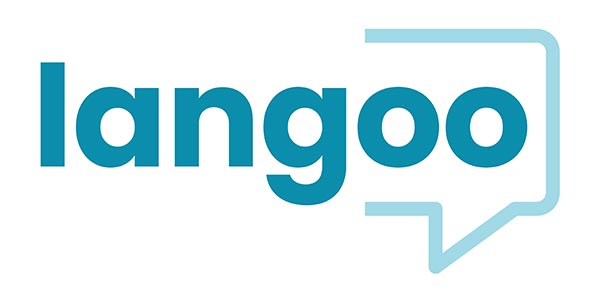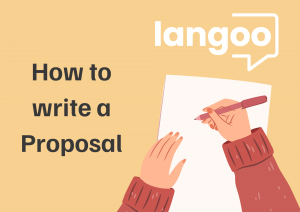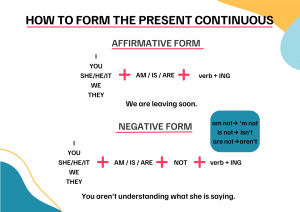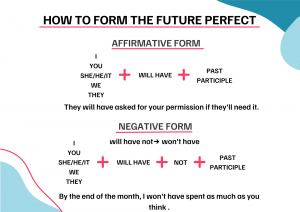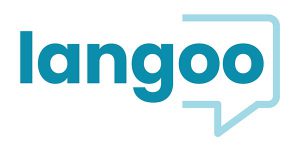TIPS FOR THE OPEN CLOZE EXERCISE

Patricia Fabiano
August 14, 2023
Learn some tips for the Open Cloze exercise from the Cambridge Exam with Langoo.
Exam Tips
If you have been preparing yourself to take any of the Cambridge exams, you should know by now that there is a type of exercise in the Use of English part of the exam that is frequent. On this exercise, students typically employ a single word to complete each blank space in a short text.
We went swimming ___ the lake.
I ___ my homework last night.
The book is ___ the shelf.
She ___ a beautiful song at the concert.
The most common missing words in these exercises are determiners, conjunctions, adverbs, articles, quantifiers, subordinating conjunctions, pronouns, verbs, prepositions or phrasal verbs, linking expressions and linker.
PREPOSITIONS
When you are looking for a PREPOSITION, you must pay attention to the verb of the sentence. Prepositions can be before or after the verb, so you can find them at the beginning of the phrase, right after the verb or at the end of the sentence.
The girl she is meeting (with) is a friend of mine. Actually, she is the one Joshua is married (to). (Of) all my friends, she is the nicest.
If you think there might be a prepositional verb on the exercise, you must look for this structure:
Verb + Preposition + Direct Object
They looked (for) us until the sunset
QUANTIFIERS
When you are looking for a QUANTIFIER, you must pay attention to the position of the gap, because they can be found:
Before a noun: ADJ + QUANTIFIER + NOUN
He has very (little) patience.
Before an adjective: VERB + QUANTIFIER + NOUN
There’s an improvement in (some) particular cases.
Before a verb: VERB + QUANTIFIER + VERB (INFINITIVE / GERUND/ PARTICIPLE)
I’m thirsty. I want (something) to drink.
Before an adverb: QUANTIFIER + ADVERB
All of them will become rich, (some) quickly, some a bit more slowly.
BOTH
When you are looking for a BOTH, you must pay attention to the position of the gap, because they can be found:
After a pronoun (I, you, he, she, we.):
They (both) wanted to win….
Before an object pronoun. Both of + object pronoun (us, them, you):
(Both) of them wanted to win…
Before two adjectives in a row:
Designed to be (both) strong and light.
WHICH / WHAT
When you are looking for a WHICH or WHAT, remember that:
Non-essential clauses are introduced by which, whose, who, or whom, but you should never use THAT to introduce them.
My aunt, (whose) daughter lives in NY, is coming to visit.
Essential clauses can be introduced by that, which , whose, who, or whom.
CLUE: WHICH is usually preceded by a comma.
The exercise (that) is about quantic equations is very difficult for this course.
AND / OR
When you are looking for AND or OR, we are looking for a parallel structure. These are formed with verbs, nouns or adjectives.
Whenever I have to travel by flight, I always get ready in advance AND make a list of everything I need.
advance = verb AND … followed by another verb = make
She is very pretty AND smart.
pretty = adjective AND… followed by another adjective = smart
If you eat at that restaurant, you should order either the hamburger OR the tacos.
order either the hamburger = noun OR …. followed by another noun = the tacos
